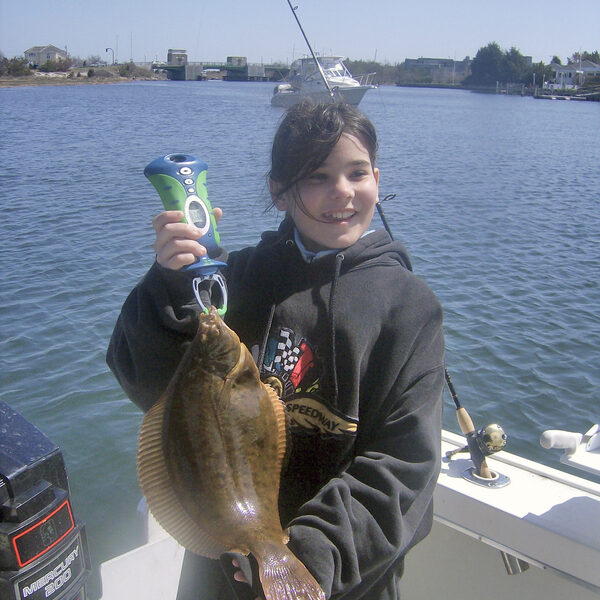

The winter flounder — like winter itself, it would seem — is officially dead on Long Island.
In 1984, NOAA estimates that New York anglers caught about 7.5 million winter flounder. Last year, they caught 119.
Not 119 million, or 119,000, or even 11,900.
Just 119.
Much as with striped bass — just far more disastrously — piss-poor management, driven by greed and the political corruption of a scientific process, have driven the flounder to the point of being effectively extinct in our waters.
Flounder are a lot more complicated to manage than some species because, as we’ve discovered thanks to research by some local marine biologists, their “migrations” can be very inconsistent, making them difficult to manage as a population.
Some Stony Brook University researchers determined some time ago that there seem to be winter “blackback” flounder that migrate along the Eastern Seaboard between southern New England and the sandy continental shelf south of Long Island. But many of them just stay in Long Island’s small bays, too, perhaps indefinitely, perhaps for some indeterminate period, and then they might wander back to sea for a time.
A great study that I wrote about several years ago showed that the flounder that remain in our bays for an extended period, perhaps their entire lives, face grave threats from the same water pollution that has dwindled the native crab, scallop and clam populations. There also are predators like seals, cormorants, crabs, and other fish, like striped bass and fluke.
But it was humans that brought them so close to the edge that environmental factors broke their backs. Flounder management, almost across the board and almost throughout history, has been pretty much a disaster.
For decades, recreational fishermen slaughtered them from party boat decks and the banks of local bays, keeping fish as small as 8 inches for decades, until the most bare-bones regulations started to come into play in the 1980s.
It was probably already too late.
Commercial landings remained resilient for a while, but soon those, too, started to decline. Trimming the rules governing their harvest means little with groundfish, other than the same fish that have always been caught just going back over the side, dead all the same, for the sake of compliance with regulation.
Fisheries managers have gotten a few things right in the last four decades: bluefin tuna, fluke, black sea bass, striped bass from 1989 to 2008. But they have royally screwed up in other instances: bluefish, flounder, striped bass since 2008.
In every instance, it’s almost always the same thing at the root: The fisheries scientists say there’s a problem, recommend that fishing harvests be reduced — then the bureaucrats and the political puppet-masters raise a stink and the needed rules changes are not made, or are rolled back.
They’ve blown it with flounder. It will be a miracle of Mother Nature if they ever recover. They’re blowing great opportunities to seize the reins and steer striped bass fisheries toward sensible rules.
Commercial fishing with trawler nets is a monumental problem of wanton waste of all of our fisheries, but in our specific region recreational fishermen bear no small blame for the bleak condition of the very fisheries they so cherish.
We have recreational fishing advocates who fight against tightening fishing rules now so that they don’t have to be tightened later. The problem with that, as we see now with flounder? Eventually, the rules just won’t matter at all anymore.
See you out there.
 More Posts from Michael Wright
More Posts from Michael Wright